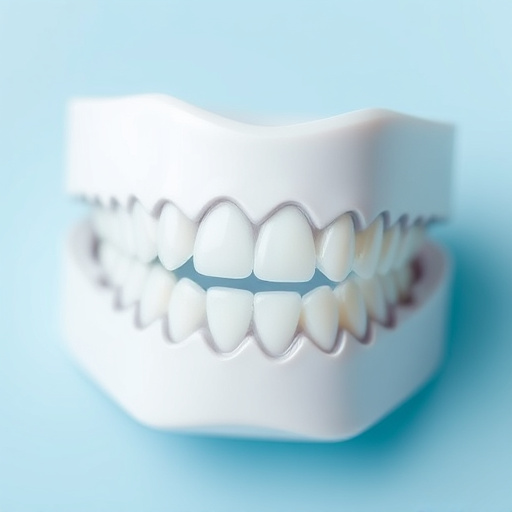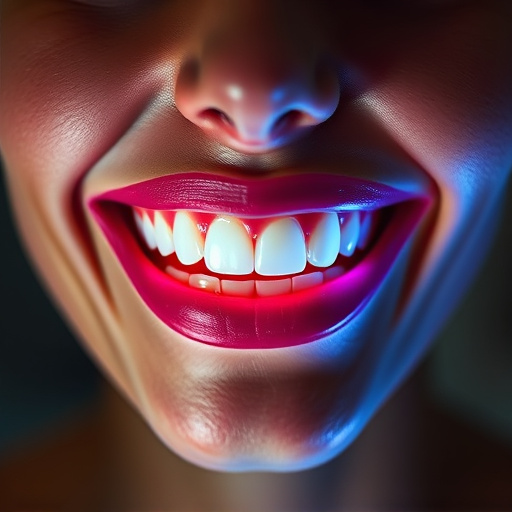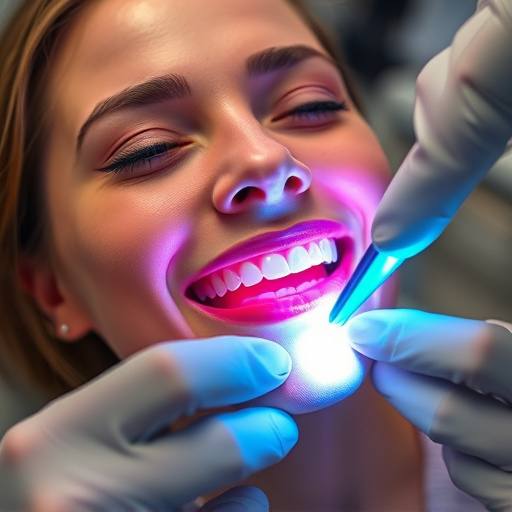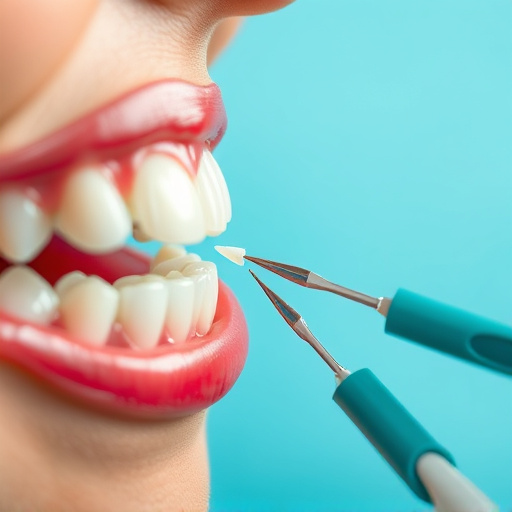Tooth sensitivity (a common oral health issue) stems from enamel erosion, gum recession, or dentin exposure, caused by acidic foods, poor hygiene, or aggressive brushing. Effective tooth sensitivity treatment involves both restorative dentistry for structural issues and cosmetic solutions to enhance function and aesthetics. Diagnosis is key; general dentists use X-rays to identify causes like receding gums, enamel wear, or damage. Treatments range from fluoride applications and desensitizing gels (for mild cases) to dental bonding and crowns (more severe), with proper oral hygiene extending their effectiveness. Proper diagnosis guides tailored tooth sensitivity treatment plans for optimal results.
Tooth sensitivity can be a debilitating condition, causing discomfort and affecting daily activities. Effective tooth sensitivity treatment begins with an accurate diagnosis. This article delves into understanding the causes and types of tooth sensitivity, highlighting the crucial role of diagnosis in selecting appropriate treatments. We explore various available options, examining their efficacy and providing insights to help manage and alleviate this common dental issue.
- Understanding Tooth Sensitivity: Causes and Types
- The Role of Diagnosis in Effective Treatment
- Available Treatments and Their Efficacy
Understanding Tooth Sensitivity: Causes and Types
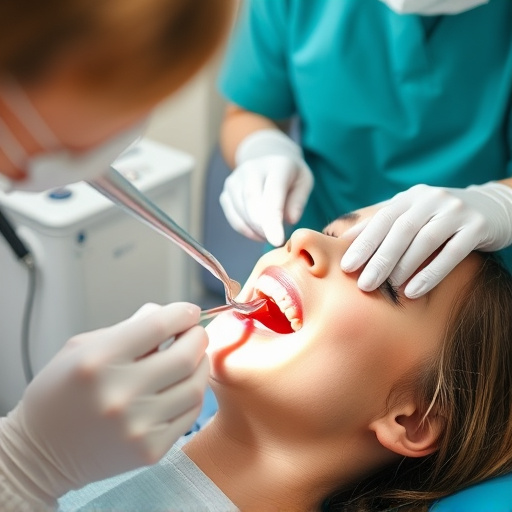
Tooth sensitivity, a common dental concern, refers to the heightened discomfort or pain experienced when teeth are exposed to hot, cold, sweet, or acidic substances. It’s not just a mild irritation; it can significantly impact daily activities and overall oral health. Understanding tooth sensitivity involves grasping its causes and recognizing the various types.
The primary culprits behind this condition include tooth enamel erosion, receding gums, and exposure of the dentin—the layer beneath the protective enamel. Erosion, often accelerated by acidic foods and drinks, weakens the enamel, leading to increased sensitivity. Gum recession, usually due to poor oral hygiene or aggressive brushing, exposes the delicate root surfaces, triggering sensitivity. Restorative dentistry techniques can address these issues, while cosmetic dentistry offers solutions for improving both function and aesthetics in sensitive teeth cases.
The Role of Diagnosis in Effective Treatment
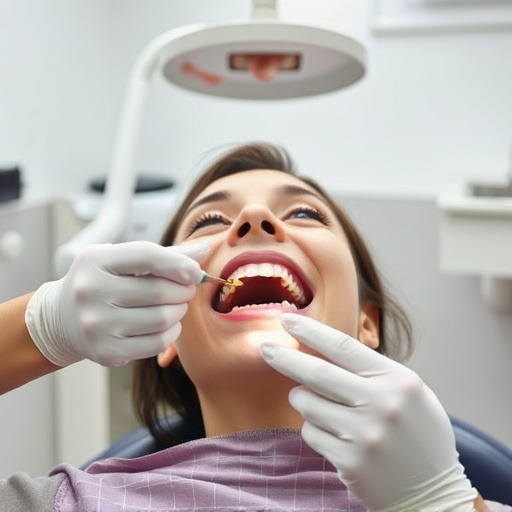
A proper diagnosis is the cornerstone of effective tooth sensitivity treatment. Without accurately identifying the underlying cause—be it receding gums, enamel wear, or a fractured tooth—any treatment plan will be ineffective and potentially ineffective at addressing the root issue. General dentistry practices often begin with a comprehensive examination that includes X-rays, to assess the extent of decay, gum disease, or structural damage, all of which can contribute to tooth sensitivity. Understanding the specific cause allows dentists to tailor treatments like fluoride applications, desensitizing gels, or more advanced procedures such as dental implants (in cases where tooth loss is the issue) for optimal results in managing and alleviating tooth sensitivity.
Available Treatments and Their Efficacy

When it comes to addressing tooth sensitivity, a variety of treatments are available, each with its own level of efficacy. One of the most common and effective methods is dental bonding, where a tooth-colored resin is applied to cover sensitive areas, providing immediate relief from discomfort. This procedure is particularly useful for smaller areas of exposure and can last for several years with proper oral hygiene.
Another option, especially for more severe cases, involves placing dental crowns over the affected teeth. Crowns not only enhance the aesthetic appeal but also provide comprehensive dental care by encasing the entire tooth, effectively blocking sensitivity-causing stimuli. While crowns offer long-lasting solutions, they require multiple visits to create and place, making them a bit more involved than bonding. Proper diagnosis is key in determining the best approach for individual needs, ensuring the most effective tooth sensitivity treatment.
In conclusion, effective tooth sensitivity treatment begins with a proper diagnosis. Understanding the underlying causes and types of tooth sensitivity is crucial for selecting appropriate treatments. Once diagnosed, a range of options from desensitizing toothpastes to in-office procedures can provide relief. By prioritizing accurate identification of the issue, dental professionals can help patients achieve lasting comfort and improved oral health, addressing their tooth sensitivity concerns effectively.








